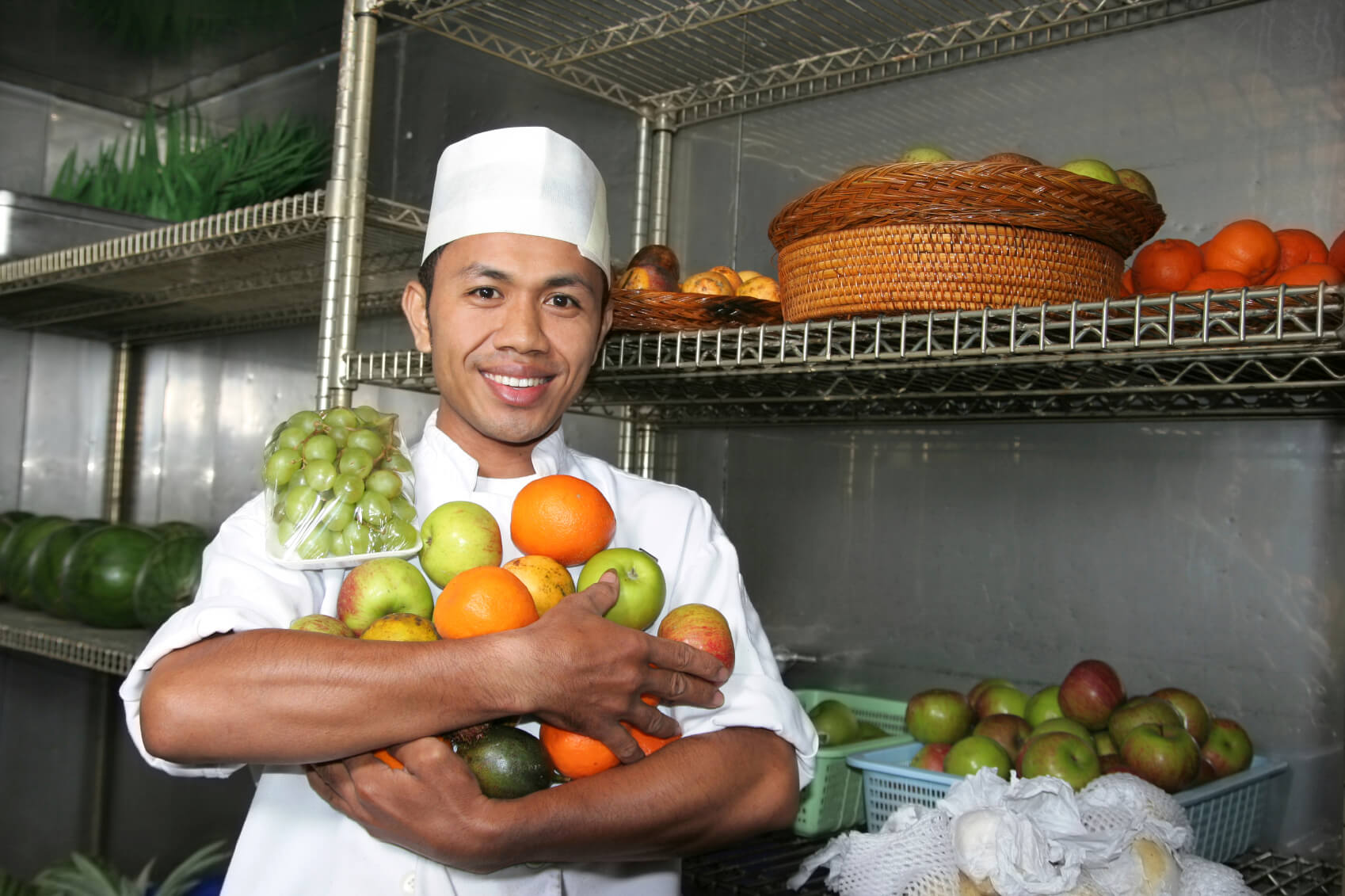Of course, food is perishable. Unlike other products that can sit on a shelf for years and still be sold, it has a limited lifespan, which makes inventory control that much harder. You likely have many raw items that can only be stored for a short amount of time before they spoil. Food is likely your highest cost, and if it is wasted even before it can be used to create a meal, you’ll end up in the red very quickly. You also never want to run out of the ingredients you depend on to create your signature dishes, disappointing guests waiting at the restaurant table.
Food Management Basics
How do you ensure that you have the food that you need on hand without it being wasted? Here are some tips from owners and managers who have operated both large and small restaurants.
- Find the right amount of food inventory. Then, stick to that number. When you have lots of food, you may be more likely to use it freely. If you’ve just received a shipment of lettuce, you may try to make larger salads—because hey, it’s there. Instead, set an amount of lettuce that you’ll use for a salad and use that much every time. The same goes for meat, bread, and all of your food items. Consistency is important. If you’re using more of an item because you’re worried that it will spoil, then you should be adjusting the amount of food that you’re purchasing.
- Know the cost of your food and how much you’re purchasing. You probably keep a record of the cost of your food, plus how much you’ve received. (You can also use a restaurant database program that will automatically enter the amounts in a spreadsheet.) Look at this printout every week. From here, you can determine how much you’re buying, how much you’re spending, what is left after a week, what is being consumed, and how much you are making. This will help determine your bottom line and will let you know where you need to make changes. You’ll feel more confident when you enter the quantities on your food supply order form.
- Don’t buy in bulk if it doesn’t help your bottom line. When a food service company begins to offer you steep discounts to buy larger quantities of food, you have to take several things into consideration. First, do you have the space to store this extra food? Will you be able to sell it before it must be thrown away? Perhaps you have a few popular menu items that use potatoes or you’re the local French fry emporium. Then, it may be worth it, but you’ll need to take your operational controls into account before using a vendor for bulk products. Remember, it doesn’t pay off if you’re wasting inventory, even if you got a great deal.
After you begin analyzing your supply, purchases, costs and profit, every week, you’ll have a very good grasp on how to properly manage your food inventory while saving money and increasing your food sales.






